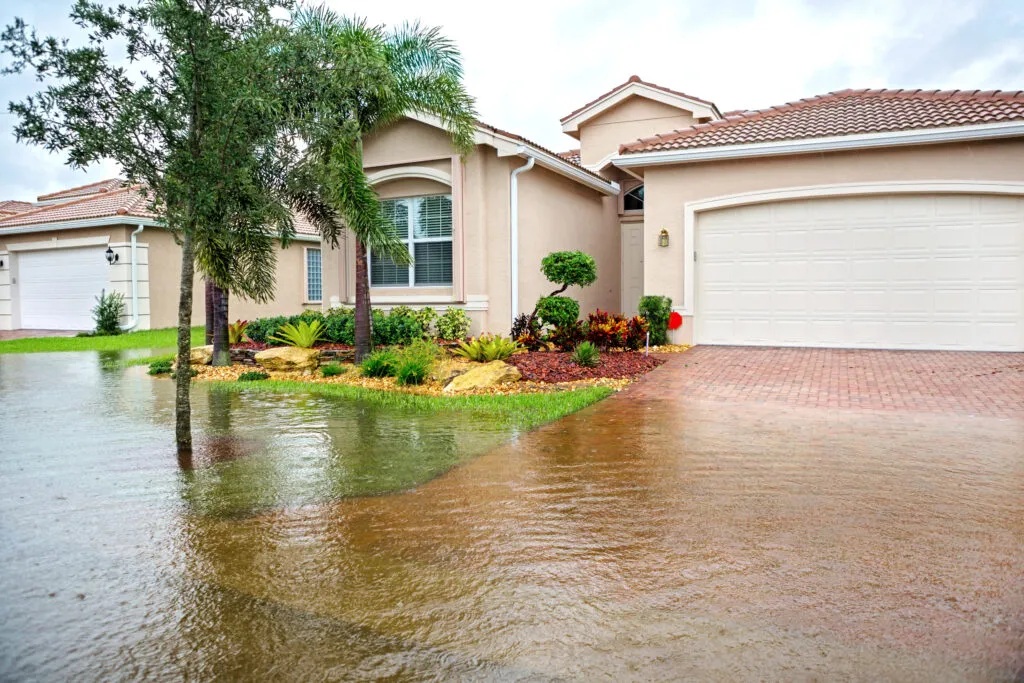
In recent years, homeowners have faced a harsh reality – rising homeowners insurance premiums, especially for those residing in coastal states like Florida and California. The increasing threat of climate change has led to insurers grappling with mounting risks, forcing some to close their doors to these high-risk regions. This shift in the insurance landscape has far-reaching consequences for homeowners and the real estate market.
Traditionally, when buying a home, most people didn’t give much thought to homeowners insurance. They focused on mortgage costs, location, and amenities. However, today, climate change has shifted the landscape. Real estate agent Tracey Ramsay, based in Duluth, Minnesota, emphasizes the importance of considering climate change’s financial implications when purchasing a home.
Ramsay suggests that homeowners should contemplate moving to states that have borne the brunt of climate change impacts, such as Florida, California, Texas, and Arizona. Rising insurance rates, driven by factors like hurricanes, wildfires, and extreme heat, have also led to soaring utility costs.
In Ramsay’s view, certain areas may become uninsurable, essentially becoming enclaves for the wealthy elite. Yet, even the affluent have their limits, and they too may flee if the risks and inconveniences escalate.
Bill Martin, CEO of Plymouth Rock Home Assurance, notes that despite the challenges, buyers are still drawn to high-risk areas, albeit at a higher cost. Home values in coastal states have continued to rise, but this trend may not hold. Andrew Grigg, a climate change specialist, predicts that people will eventually migrate from the Sun Belt to the Midwest and Rust Belt as wildfire and hurricane risks become the new norm.
Since 2015, homeowners insurance premiums have surged by approximately 21%, with Texas and Florida experiencing even steeper hikes. According to Martin, these premiums won’t stabilize any time soon. Catastrophe risks have led to increases ranging from 25% to 50%, while requirements for higher deductibles have left some homeowners struggling to secure coverage.
In addition to weather-related factors, inflation in construction costs and labor shortages have added to the price of homeowners insurance. Repairing a home now costs 25% to 75% more in the last five years, depending on location and exposure to risks.
The impact of climate change isn’t limited to insurance costs. Experts predict higher property taxes in areas regularly affected by natural disasters. Communities facing shrinking tax bases due to population loss may resort to increased taxes to fund climate change mitigation efforts.
As property costs rise, homeowners may see their home values decrease. Martin advises homeowners to invest in resilience measures, such as elevating homes above flood plains or relocating structures away from fire-prone areas. Simple steps like removing hazardous trees can also make a home more appealing to insurers.
In the face of these challenges, prospective homebuyers should consult their real estate agents for insights into local climate risks. Additionally, reviewing your community’s climate action plan can provide valuable information about future risks and mitigation strategies.
Ignoring climate change’s potential impacts is not an option. It’s time for homeowners and buyers alike to consider the evolving risks and make informed decisions to safeguard their investments and communities.








